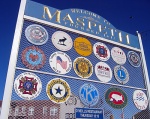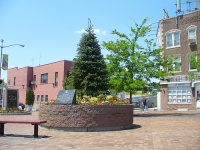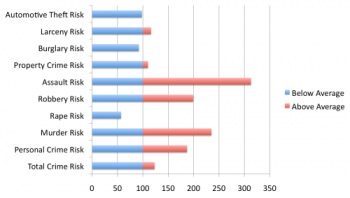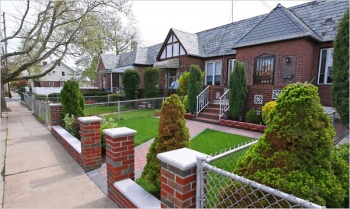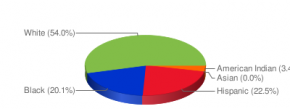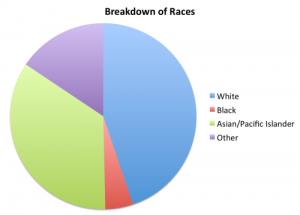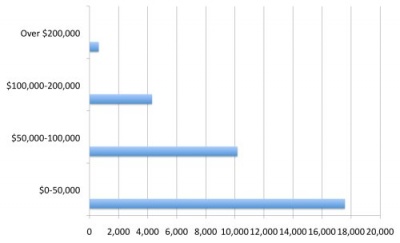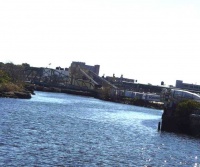Views
Contents |
Welcome to Maspeth
Learn about Maspeth's history
Come and visit Maspeth.
Maspeth's Immigration a closer look at the demographics of Maspeth's population.
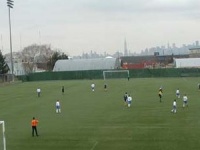
Maspeth is a neighborhood in southern Queens. Eastern Maspeth is a largely residential, family-oriented neighborhood. Maspeth residents are of different cultural and ethic backgrounds. Up until recently, most living in Maspeth were of European descendent, either descendants of immigrants, or first and 1.5 generation. In recent times, there has been an increase in Asians and minorities.
The western portion of Maspeth is largely industrial. Industrial Maspeth used to provide livelihood for most of those living in eastern Maspeth, however the industry has declined in recent years. Residential Maspeth is a small-town within the big city. It is comprised of small shops, pubs/bars and restaurants, most with ethnic flare. Maspeth is located on the Maspeth Plateau, which is the westernmost portion of high ground in Queens. Because of this, Maspeth provides breathtaking views of the Manhattan, as seen from the photograph, taken from the Metropolitan Oval.
The Map
View Maspeth in a larger map
The Neighborhood
Maspeth is bordered by Woodside and Sunnyside, to the north; Blissville/Laurel Hill (Long Island City), to the northwest; Greenpoint (Brooklyn), to the west; Williamsburg (Brooklyn), to the southwest; Ridgewood, to the south; and Middle Village and Elmhurst, to the east. Maspeth’s zip code is 11378. Maspeth is part of Queens Community District 5, and New York City School District #24.
Maspeth has no subway lines of it's own, nor does it have any express buses, so there is no direct route to Manhattan by public transportation. The nearest subway line is the M train, whose terminal is on Metropolitan Ave. in Ridgewood. There are some bus lines that pass through Maspeth: B57, Q18, Q39, Q45, Q58, Q59 and the Q67. The lack of public transportation has helped maintain the real-estate costs relatively low. Transportation was unneeded for a while due to the fact that until the decline of industry of the recent years, most Maspeth residents worked in the western industrial section of the same neighborhood.
Residential Maspeth is comprised of small shops and businesses, pubs and taverns, and family homes. Industrial Maspeth it made up primarily of factories, warehouses and junkyards.
As of 2009, Maspeth’s population is at 35,839 people, a 3.53% growth since 2000. The cost of living is 54.43% higher than the national average. The unemployment rate is currently at 7.60%, and in recent years, the shrinking industry in Maspeth has caused jobs to decrease by 0.20 percent.
The Schools
Maspeth is home to seven public and private schools.
There are currently 146 students enrolled in nursery/pre-schools, 821 in Kindergarten, 3,261 in 1-4 grade, and 2,797 in grades 5-8. There are no high schools or secondary schools in Maspeth.
Of the population in Maspeth, 22.9% have a high school degree, 13.9% have a Bachelors Degree, and 6.4% have attained a Graduate Degree.
The People
As part of Queens Community District 5, Maspeth has a relatively diverse population. Due to the lack of direct subway lines to Manhattan, the price of housing has remained relatively affordable in comparison with other NYC neighborhoods. This relatively affordable housing, along with jobs that up until recently were available in the industrial section of Maspeth, has drawn large numbers of immigrants to Maspeth.
Between the 1990 and 2000 census, there has been a population increase of over 11% in the Maspeth area.[2]
The population of Maspeth is composed of 50.5% male and 49.5% female[3].
The Demographics
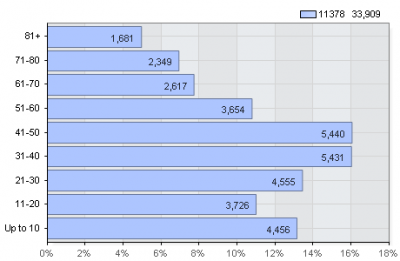
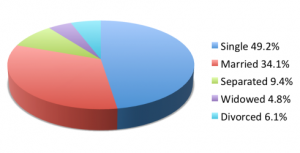
The Conclusion
Maspeth is a pretty unique neighborhood. It is half-way between sub-urban and industrial, homogeneous and diverse, small-town and big city. With a very rich history and strong character, Maspeth inspires pride in its residents, who are generally active participants in their community. Maspeth is relatively close-knit and self-sustaining: preferring to be isolated within their community than interacting with other neighborhoods.
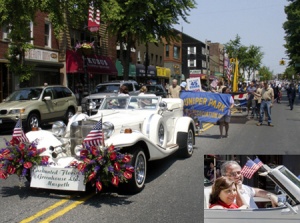
While ethnic enclaves do exist in Maspeth, unlike other neighborhoods where residents are defined and divided by ethnicity, Maspeth is unified by the shared identity of being Maspeth residents. Politicians need to be aware of this sense of unity amongst Maspeth residents and work with the residents. It is possible for politicians to use this sense of community to their advantage, however if the politicians agenda does not coincide with the needs and goals of the residents, they will not get any support by the community.
Community provides a very stable base that keeps Maspeth a stable neighborhood, however there are some important issues that arise.
As small-town community, Maspeth does not have much room for growth. The slow-down of industry, which was a life-line for the isolated community, has left behind a post-industrial community. Some (younger) residents complain that Maspeth is stagnant: some residents long to escape from the small-town. Mr. Holden's siblings viewed Maspeth as a "place to leave"[8].
Today, Maspeth draws people who look to live in a more sub-urban feeling neighborhood that is still relatively close to Manhattan, and immigrants who are drawn by real estate which is lower due to the lack of direct transportation.
While the isolation that resulted from the lack of transportation has been helpful in keeping Maspeth free of some of the problems that have befallen other neighborhoods, too much of an isolationist mentality prevents growth. A recent proposal to build a large high school in Maspeth has been met with a lot of resident resistance. "Some in the community simply did not want a new school because of the influx of teenagers and traffic they said it would bring to an already crowded area.[9]. Others want Maspeth children to have priority in the school. The city is greatly opposed to this because it will further stratify the education system of New York[10].
For the community to grow and develop in a healthy manner, it is important for this high school to be built, unfortunately, the anger and protests of a majority of the residents will stall if not stop the project all together.
Although industry provided the livelihood to thousands of Maspeth residents and brought the town wealth, it has poisoned and polluted Maspeth’s waterways and air. Newtown Creek has become so polluted that it can no longer support aquatic life. It fails to meet even the most basic standards of the 1972 Clean Water Act[11]. Decades of rampant industrial growth without environmental sanctions or standards placed on the factories and companies have resulted in horrible levels of pollution in the neighborhood[12]. This has had negative affects on the health of the residents as well as the neighborhood. The closer one gets to Industrial Maspeth, the lower the price of real estate becomes[13]. from History of Maspeth
Maspeth residents must continue working with local politicians to clean Industrial Maspeth. To revitalize this area, Maspeth residents have many options. In my opinion, the most plausible would be for Maspeth to take advantage of the nation's movement towards green energy technology and develop "green" technology, like solar panels and electric vehicles in Industrial Maspeth. Through this investment, Maspeth can grow in a much more healthy and environmentally sound way. The new industry can provide jobs for Maspeth residents and bring some more vitality to the neighborhood.
